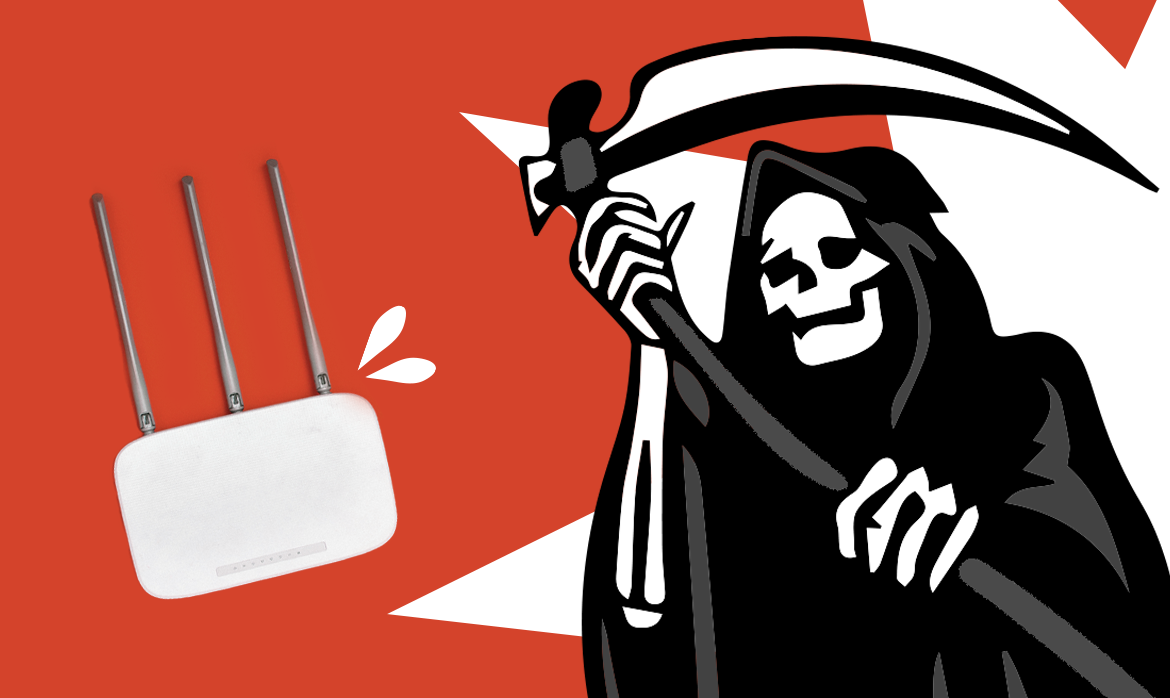The lifecycle of IT equipment is marked by evolution, innovation, and ultimately, obsolescence. Managing end-of-life (EOL) equipment is a critical aspect of IT asset management, ensuring the efficient retirement, replacement, and disposal of outdated technology. To prevent security vulnerabilities, minimize downtime, and optimize resource allocation, IT departments need robust strategies for tracking and managing EOL equipment. In this article, we’ll delve into effective methods and best practices to track IT end-of-life equipment, ensuring a seamless transition and responsible management of aging technology.
- Establish an Inventory Management System
A comprehensive inventory management system is the cornerstone of tracking EOL equipment. Implementing a centralized database or software solution allows IT departments to maintain an up-to-date record of all IT assets, including their purchase dates, warranties, maintenance history, and EOL projections.
Benefits:
Visibility – An organized inventory provides a clear overview of the status, location, and lifecycle stage of each asset.
Planning – Access to accurate data enables informed decision-making regarding asset replacement and disposal.
- Define Clear End-of-Life Criteria
Establishing well-defined criteria for identifying EOL equipment is essential. These criteria could include factors such as age, performance, compatibility, and supportability. Regularly reviewing and updating these criteria ensures accurate identification of assets reaching the end of their useful life.
Benefits:
Proactive Management – Clear EOL criteria allow IT teams to proactively identify and address aging assets before they become liabilities.
Risk Mitigation – Properly identifying EOL equipment reduces the risk of security vulnerabilities and operational disruptions.
- Implement Asset Tagging and Labeling
Physical asset tagging and labeling enhance traceability and streamline asset management. Assign unique identifiers to each piece of equipment and maintain corresponding records in the inventory management system.
Benefits:
Efficient Tracking – Asset tags facilitate quick identification and tracking, making physical audits and inspections more efficient.
Accurate Reporting – Proper labeling ensures that asset information is accurately reflected in the inventory database.
- Monitor Warranty and Support Contracts
Timely tracking of warranty and support contracts is crucial for managing EOL equipment. Maintain records of warranty expiration dates and contract renewal options to guide decisions on repair, replacement, or disposal.
Benefits:
Cost Optimization – Monitoring warranties helps leverage available support services and replacements while they are covered.
Minimized Downtime – Prompt identification of assets without active support contracts allows for proactive measures to mitigate potential downtime.
- Regularly Conduct Audits and Assessments
Periodic audits and assessments are key to maintaining accurate and up-to-date information about EOL equipment. Schedule routine checks to verify the physical presence, condition, and status of assets in the inventory.
Benefits:
Data Integrity – Regular audits ensure that the inventory database aligns with the actual assets present in the environment.
Compliance – Audits help ensure compliance with data security, disposal, and environmental regulations.
- Plan for Disposal and Data Destruction
Develop a well-defined process for the responsible disposal of EOL equipment. Ensure that data stored on devices is securely wiped or destroyed before disposal, and comply with environmental regulations for electronics recycling.
Benefits:
Security – Proper data destruction prevents sensitive information from falling into the wrong hands during disposal.
Environmental Stewardship – Responsible disposal minimizes the environmental impact of e-waste and supports sustainability initiatives.
- Collaborate with Vendor Partners
Engage with vendor partners to stay informed about product lifecycles, available updates, and replacement options. Collaborating with vendors helps you plan for EOL equipment replacements more effectively.
Benefits:
Informed Decisions – Vendor insights assist in making informed decisions about technology upgrades and replacements.
Negotiations – Proactive communication with vendors can lead to favorable terms for replacements and upgrades.
Tracking IT end-of-life equipment is a crucial component of effective IT asset management. By establishing a comprehensive inventory management system, defining clear EOL criteria, implementing asset tagging, monitoring warranties, conducting regular audits, and planning for responsible disposal, IT departments can ensure a seamless transition from active use to retirement for aging technology. A well-executed EOL tracking strategy minimizes security risks, reduces downtime, optimizes resource allocation, and contributes to both operational efficiency and environmental responsibility. In the ever-evolving landscape of technology, mastering the art of EOL equipment tracking is a hallmark of IT departments committed to excellence and sustainability.

